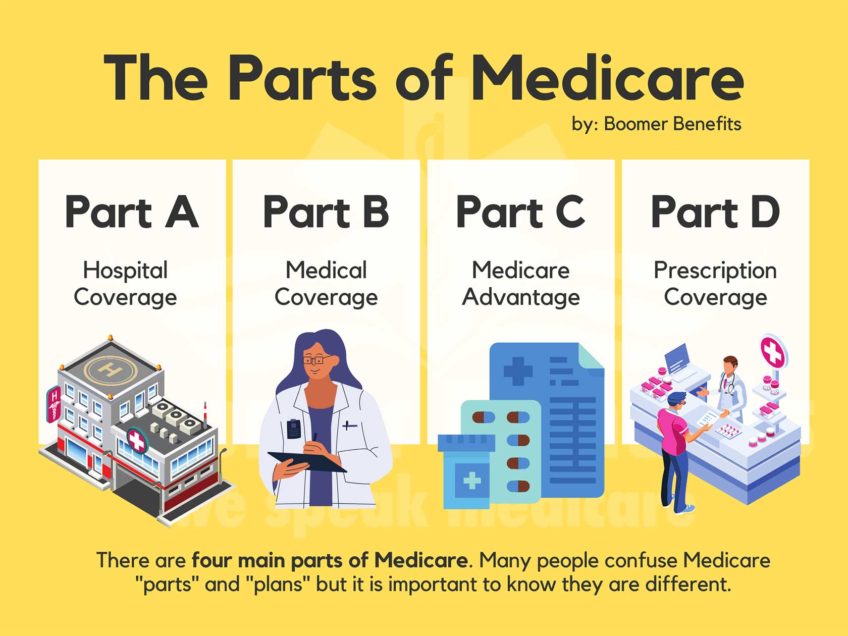Nonsurgical treatment for uterine fibroids available at Brigham and Women’s Hospital
In the past, women who have suffered from symptoms due to uterine fibroids have often had a hysterectomy. Today, many women are considering uterine fibroid embolization (UFE), a minimally invasive, nonsurgical treatment that shrinks the fibroids and spares the uterus.
Offered at Brigham and Women’s Hospital, UFE is a proven medical procedure that alleviates symptoms due to fibroids, which are common benign muscle tumors that grow in and out of the uterus, typically starting in a woman’s mid-30s.
“Although fibroids are benign growths, they still cause many problems for women,” said interventional radiologist Susan O’Horo, M.D.
These problems can include heavy and prolonged periods, pain in the pelvis, pain with intercourse, urinary frequency and breakthrough bleeding between periods. In addition, fibroid location can impede pregnancy by blocking fertilized egg implantation.
Not all women who have fibroids will experience these symptoms. But fibroids that are symptomatic can seriously impact a woman’s quality of life. It was after years of heavy bleeding and painful cramps that Lynne, 46, of Dracut, decided to have uterine fibroid embolization.
“I missed a few days of work every month due to my heavy and painful periods,” she said. “I would plan my vacations around them.”
After an MRI confirmed the presence of fibroids, Lynne’s gynecologist referred her to Chieh-Min Fan, M.D., associate director of interventional radiology at Brigham and Women’s Hospital.
“I knew I did not want a hysterectomy and asked my gynecologist if there were other options,” said Lynne.
“UFE cuts off the blood supply to uterine fibroids,” said O’Horo. “Many women have fibroids. Not all women who have fibroids have symptoms that are severe enough to warrant therapy. If a woman’s symptoms are so severe that she is considering having her uterus surgically removed, she should also consider UFE, a minimally invasive therapeutic option. This procedure is for pre-menopausal women who do not desire a future pregnancy.”
O’Horo suggests that women with symptomatic fibroids should discuss their options with their gynecologist and have a gynecological exam and Pap test without abnormal findings. Other options to treat fibroids include birth control pills; hormone therapy; myomectomy, a surgery to remove the fibroids; or hysterectomy, a surgery to remove the uterus.
At Brigham and Women’s Hospital, UFE is a one-hour procedure performed by an interventional radiologist. Most patients resume normal activities within seven to 14 days, and, within three months resume regular, lighter and shorter menstrual cycles.
“Although there are many minimally invasive surgical options, UFE involves only a needle stick and is therefore the least invasive option for treatment of fibroids. As such, many women are choosing UFE over surgery,” said O’Horo. “Another nonsurgical option is the FDA-approved use of focused ultrasound for uterine fibroids, a noninvasive treatment that has shown a significant reduction in symptoms.”
Lynne, who was back to work within three days of her UFE treatment, says she has not experienced any severe periods since her procedure. After six months, Lynne had a follow-up MRI that confirmed her fibroids had significantly decreased in size.
“I am very happy with the results of my uterine fibroid embolization. I no longer have to worry about missing work or canceling my vacations,” Lynne said.






